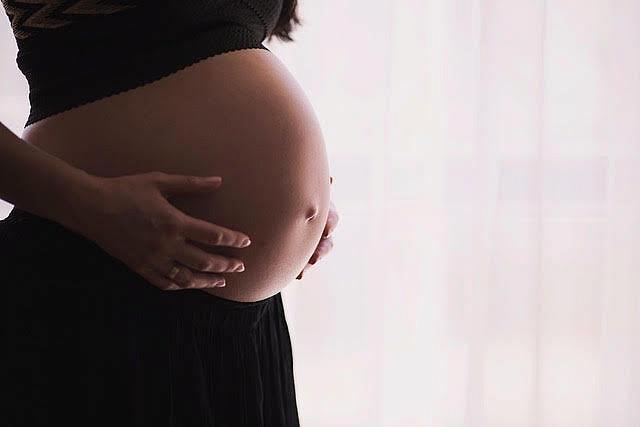Does California hold the key to fixing America’s maternal health crisis?

(Photo by sergio santos via Flickr/Creative Commons)
The death rate for mothers in the days, weeks and months after giving birth in the United States is higher than in other developed countries — and the rate has been rising for two decades.
It turns out that women in the United States today are 50% more likely to die in childbirth than their own mothers were in 1990.
About 700 women die each year in the United States as a result of pregnancy or delivery complications, and the four leading causes of death postpartum are hemorrhage, infection, heart disease and mental health issues, including postpartum depression.
As the nation prepares not only for a new presidential election year in 2020 but also local and state elections, candidates have been using their platforms to propose ways to combat America’s growing maternal health crisis — and I plan to watch closely.
Voters and candidates have already turned this issue into a hot topic on the campaign trail. Sens. Elizabeth Warren, Kamala Harris, Cory Booker and Kirsten Gillibrand, for example, have spoken out and presented plans to address this public health problem.
Earlier this year, in the Democratic response to President Donald Trump’s 2019 State of the Union address, former Georgia Democratic gubernatorial candidate Stacey Abrams said, “Maternal mortality rates show that mothers — especially black mothers — risk death to give birth.”
Indeed the devastating data on maternal health in America also includes significant racial disparities: Black women are three times as likely as white women to die from pregnancy-related causes.
As this issue of maternal mortality has appeared on the national stage — and moved the hearts of many — the state of California has taken action to address the public health problem.
In 2006, the California Maternal Quality Care Collaborative was formed by health care professionals. Medical centers across the state, including those in Los Angeles, collect data on health outcomes for mothers and infants, as well as implement changes in how health systems care for moms-to-be.
Through this collaborative program, researchers have been able to collect data specifically on how mothers-to-be have died. Members of the collaborative have used that data to implement changes in their emergency care practices dealing with hemorrhaging and infections.
The data also revealed racial disparities that persist in maternal mortality across the state. In California, black women comprise about 5% of the pregnant population, but 21% of pregnancy-related deaths.
Now, more than a decade since its launch, the collaborative appears to be closer to its mission: to end preventable mortality and racial disparities in California maternity care.
Across the United States, California has seen the lowest number of deaths related to pregnancy and childbirth. California also has seen a 55% drop in maternal mortality between 2006 and 2013, while the national maternal mortality rate has continued to climb.
Could a similar initiative work in other states — or even on the federal level — to address maternal mortality rates and racial disparities? As a 2019 National Fellow, I plan to answer that question.
My reporting will explore what medical professionals think of California’s strategies to reduce maternal mortality rates, and whether similar strategies could work nationwide.
My reporting will specifically hone in on Los Angeles County, and how California’s maternal health strategies have played out in the region. As this country faces a maternal health crisis, I will seek solutions in the personal stories of Los Angeles-based mothers, physicians and researchers who are working to address maternal mortality rates and disparities.
As a health journalist, the news that I share with my audience can make a difference in opening the nation’s eyes to concerning public health problems and what is needed to provide adequate health care to the most vulnerable populations in America. With this project, I hope to make a difference.

